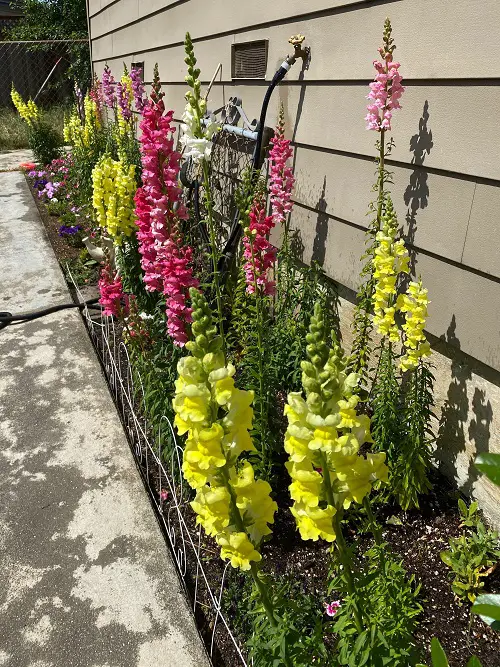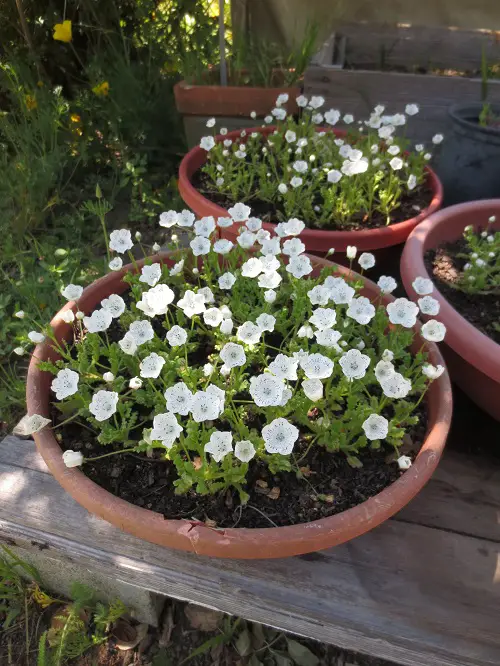Bring your winter garden to life with the Best and Brightest Cool-Season Annuals—we’ve even thrown in some pretty edibles for good measure!
Winter doesn’t imply hibernation for everyone! In fact, our pick of the best cool season annuals brings all the color, texture, and even a few delicious surprises to keep you outdoors and cheery on chilly days. Let’s dive in!
Best Cool Season Annuals
1. Ornamental Kale and Cabbage
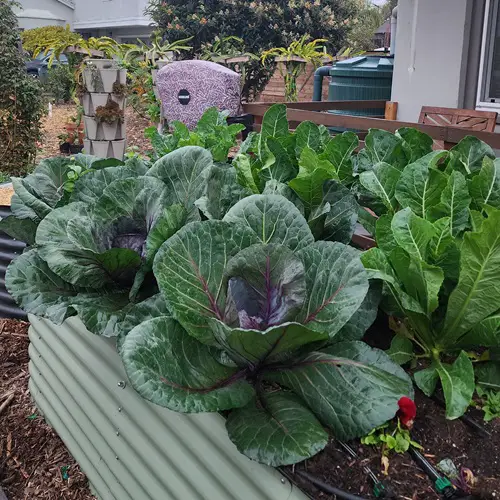
Botanical Name: Brassica oleracea
USDA Zones: 6-11
With hues that deepen as the weather gets cooler, these leafy veggies are a must-have for your fall and winter garden! Ornamental Kale and Cabbage appear in bold purples, pinks, and reds. They can tolerate light frost but need shelter from dips below 20 F (-6 C).
Pair these brassicas with companion herbs like chamomile, rosemary, and sage to create a riot of vivid colors in your garden. They prefer well-draining, moist soil and are perfect for a bright kitchen garden, flourishing in containers, borders, or mass plantings alike.
2. Dusty Miller
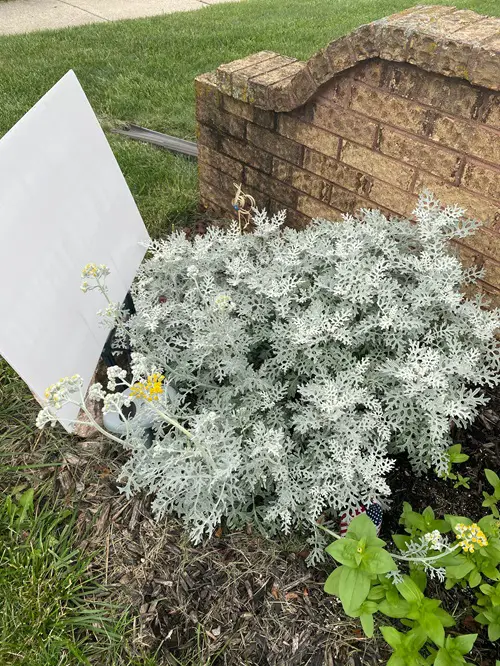
Botanical Name: Jacobaea maritima
USDA Zones: 7-11
This frosty ornamental with deeply lobed leaves covered in fine silver hairs is widely used as an annual to contrast winter beds. It sometimes pushes out tiny yellow blooms during frost and spring but needs protection from extreme, harsh winters.
Relatively drought tolerant, it prefers loose, well-draining soil and full sun to partial shade. Start seeds indoors 3-4 weeks before the last frost, or save stem cuttings to overwinter and replant in spring.
3. Snapdragon
Botanical Name: Antirrhinum majus
USDA Zones: 7-11
This cut garden favorite is a beautiful cool-season annual with long, upright blooms in yellow, orange, red, and pink hues. Growing up to three feet tall, snapdragons can tolerate light frost but need shelter from severe cold.
Snapdragons are slow-growers; get started with store-bought seedlings if you are in a hurry to fill out your garden beds and borders with its stunning blooms! These plants prefer full to part sun, moist, well-draining soil, and cannot tolerate drought!
4. Primrose
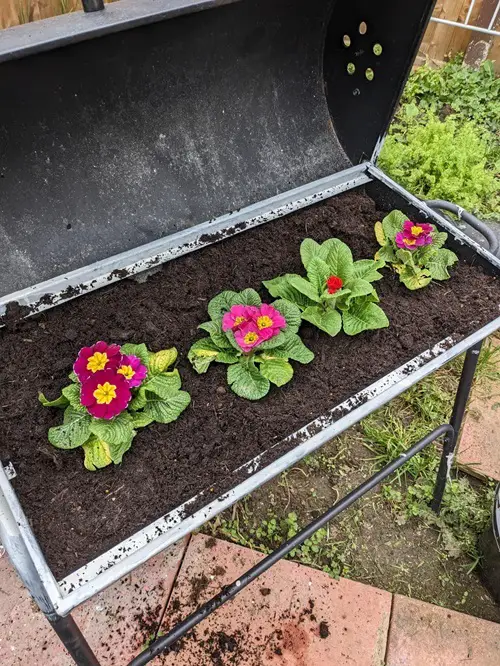
Botanical Name: Primula x polyantha
USDA Zones: 3-9
Hybrid primroses are among the first plants to push out bright blue, purple, burgundy, and golden blooms from winter through early spring. These resilient cool-season flowers can stand frost and are perfect on a sunny patio or home entrance.
Plant primulas in acidic, well-draining soil in late autumn; you can also divide them in spring. However, these shade-tolerant flowers are toxic to pets and humans, so handle them with care!
5. Baby Blue Eyes
Botanical Name: Nemophila menziesii
USDA Zones: 8-11
This is an annual wildflower native to cool mountainous regions. You can grow this plant from seeds in the fall and enjoy the rich blue blooms throughout winter. Baby blue eyes are perfect annuals for gardeners who want pollinator visits.
This plant grows best in partial shade; however, if you are planting it in a sunny location, try to choose a spot with less than six hours of direct sun. While it is well-suited to tolerate light frosts, it also grows well as a spring annual.
6. Florist’s Cineraria
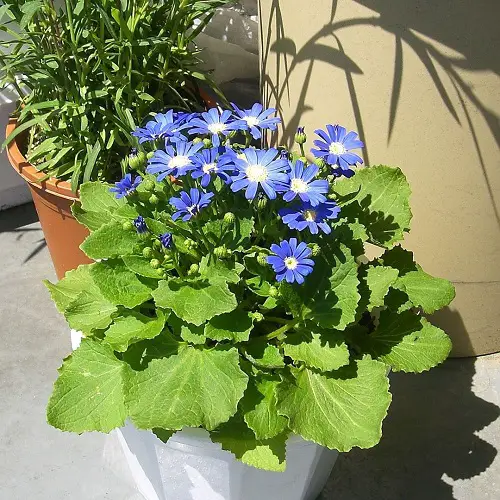
Botanical Name: Pericallis hybrida
USDA Zones: 9-11
You can coax this plant to produce its daisy-like scarlet, purple, blue, and dark-centred blooms during Christmas! This hybrid, multi-hued florist plant is covered in one-time flowers in winter and spring and is typically discarded afterward, but it is worth it!
This popular houseplant can be grown in containers, on patios, or as garden accents. It thrives in partial shade, mild conditions, and moist, acidic soil. Enhance the medium with peat moss and coffee grounds.
7. Sweet Alyssum

Botanical Name: Lobularia maritima
USDA Zones: 5-10
Butterflies and songbirds fluttering about bunches of sweet alyssums are meant to soften the harshest of cynics! This hardy annual forms a colorful carpet of tiny flowers in rock gardens from the crevices of stone walkways and fills out spaces between vegetation.
This cool-season self-seeder has basic needs but works wonders for texture and color in volumes. Once you sow its seeds, sweet alyssum rapidly forms a ground cover with its sweet, fragrant, four-petal flowers. It also works as a low-growing border or hedge.
8. Giant Larkspur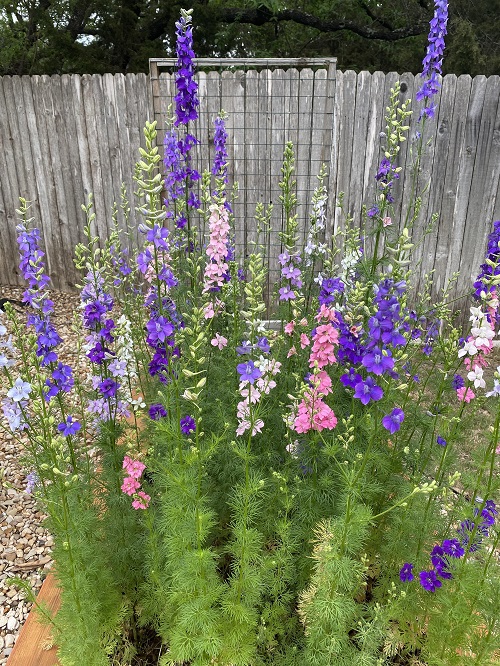
Botanical Name: Consolida ajacis
USDA Zones: 2-11
This Mediterranean garden favorite sports tall racemes of purple, blue, and white flowers with lacy foliage, often scaling up to 3 feet tall! It tends to blossom in spring in colder regions and can draw in lovely pollinators like butterflies and hummingbirds.
Giant larkspurs prefer full sun and moist but well-draining soil. For the best blooms, fertilize these cut-flower garden staples during the growing season.
9. Bachelor’s Button
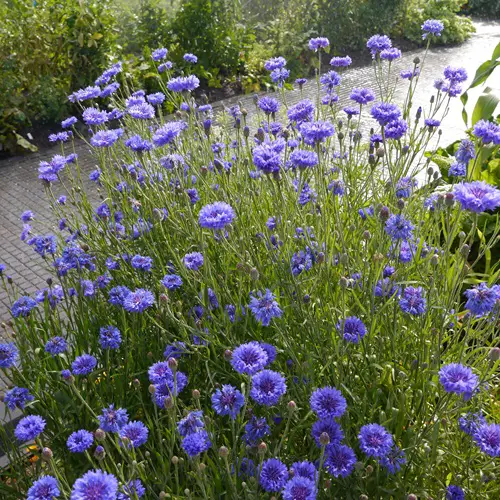
Botanical Name: Centaurea cyanus
USDA Zones: 3-10
Also known as cornflower, this easy-growing annual is super cold-hardy! It can tolerate light frost as much as hot summer days and adapts to different soil types. All this without compromising on its delicate blue, pink, and white fringed, edible blooms.
Bachelor’s buttons grow best in full sun but can also tolerate shade. Plant seeds in the fall for its delightful spring blooms. This long-stemmed beauty flourishes in containers, meadows, and practically anywhere!
10. English Daisy
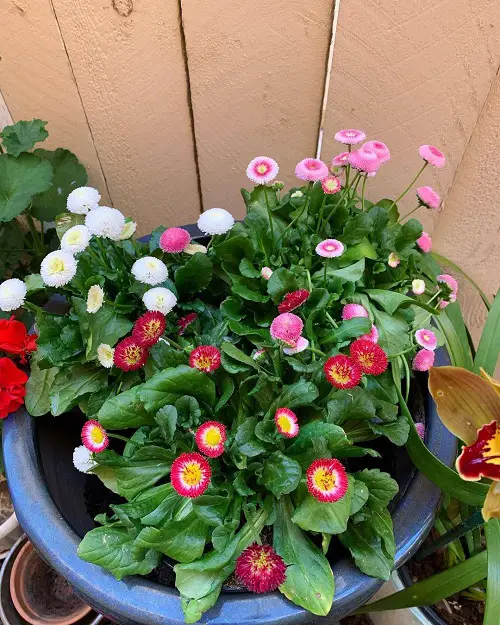
Botanical Name: Bellis perennis
USDA Zones: 4-8
With blooms in shades of pink, white, burgundy, lavender, gold, etc, English daisies are classic cool-season self-seeders that can often get weedy if not kept in check. Contrasting boldly against other plants, they die back in summer but return year after year.
This butterfly garden staple prefers organic-rich, loamy, moist, and well-draining soil and dappled sunshine.


